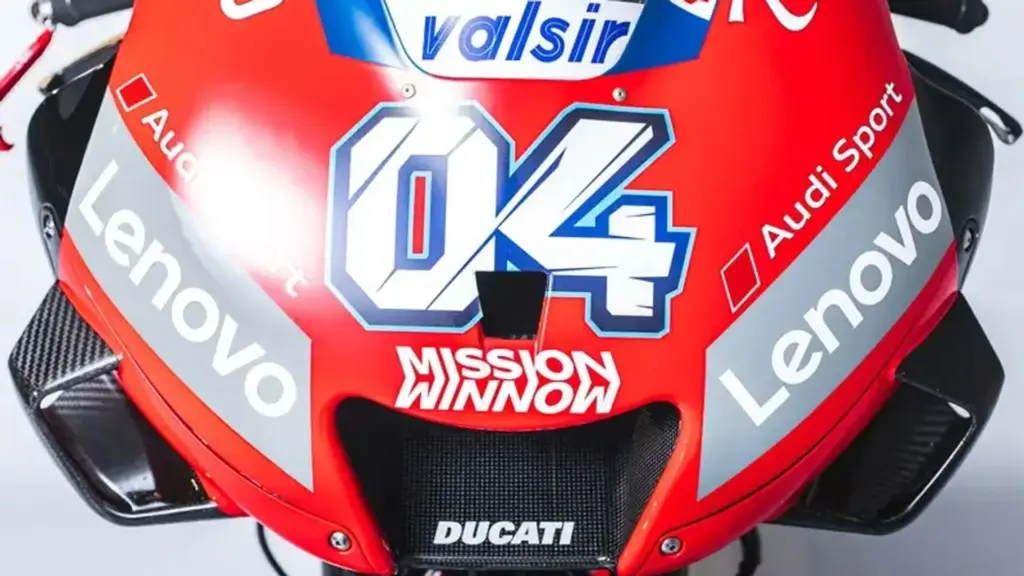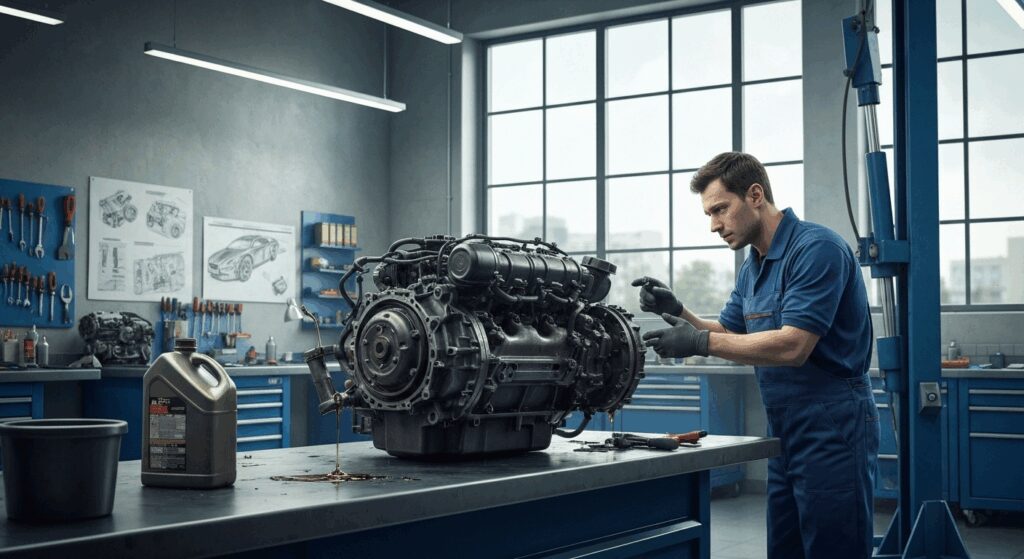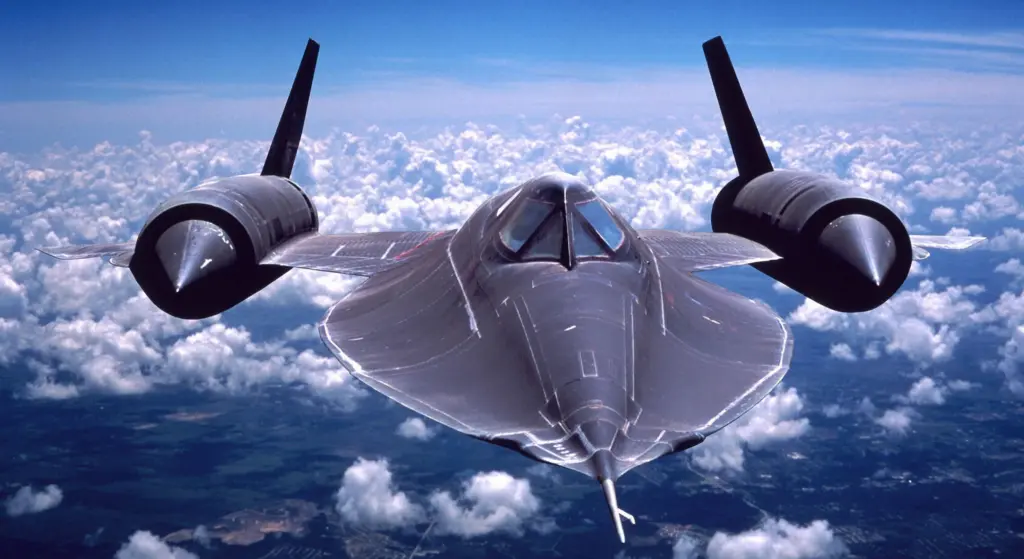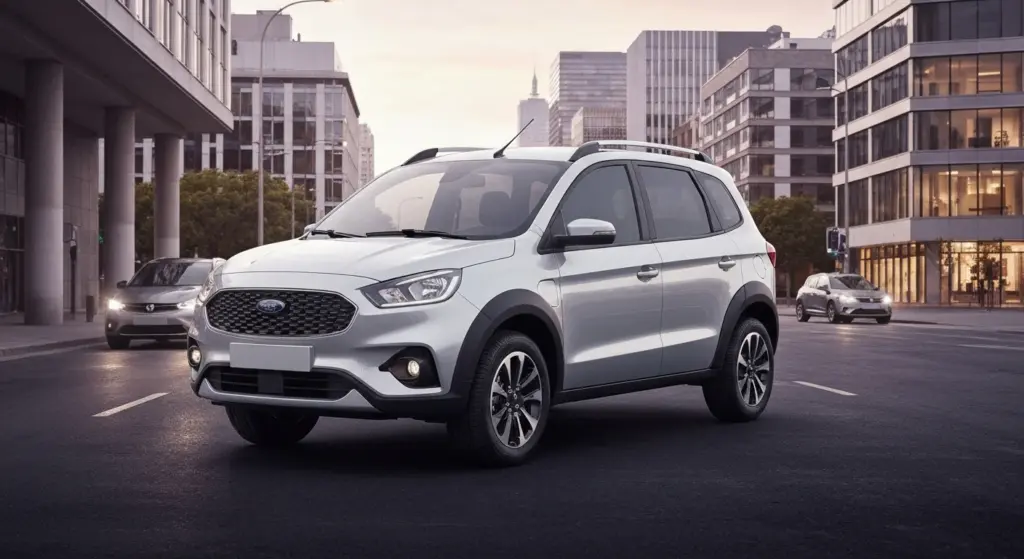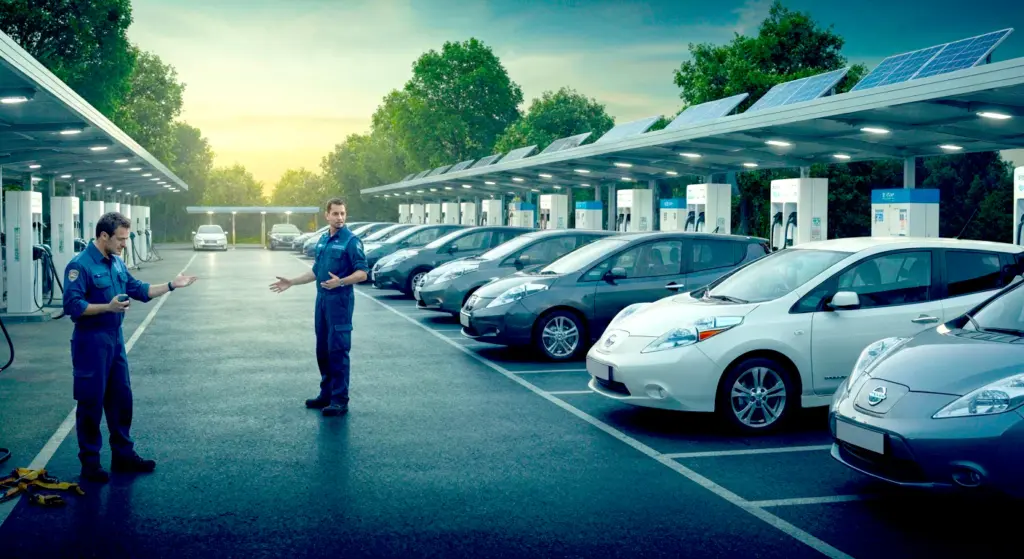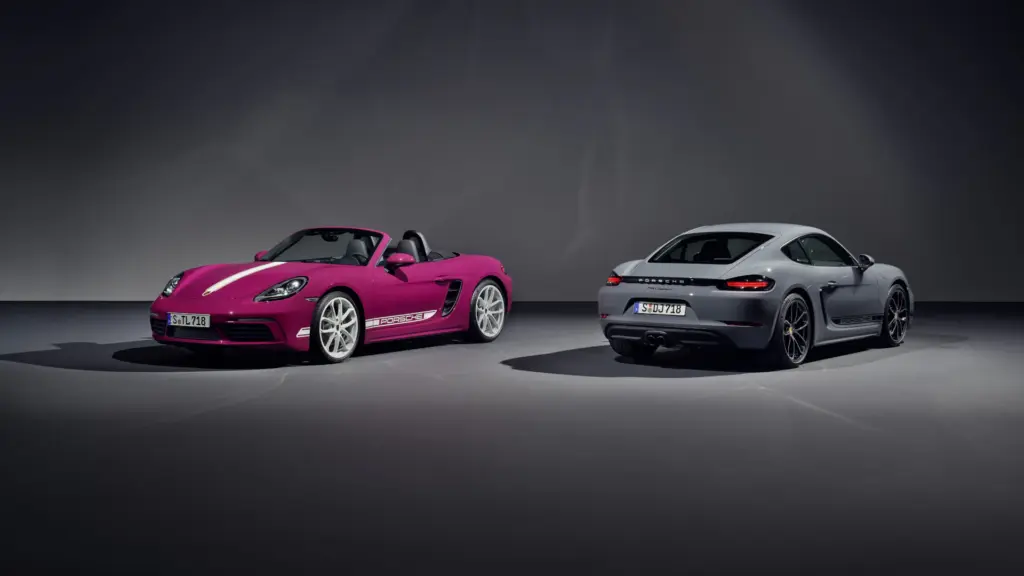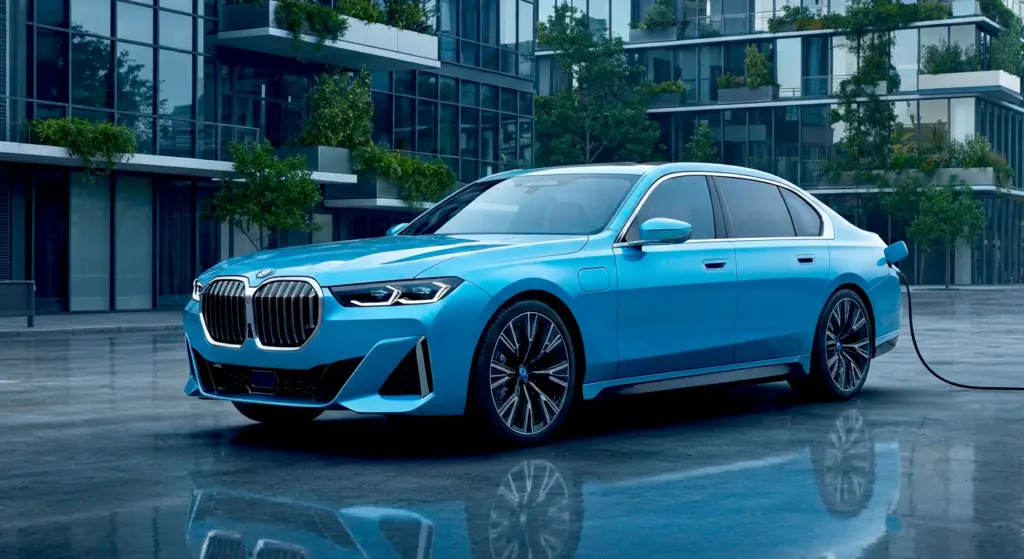The automotive world is witnessing a historical transformation with the arrival of the Turbio, the hypercar co-developed by the legendary Italian house Pininfarina and the newcomer Vittori. What makes this project particularly fascinating is the intervention of artificial intelligence in the creative process, giving new meaning to the phrase: “The World’s Most Famous Design House Just Let AI Take The Pencil”.
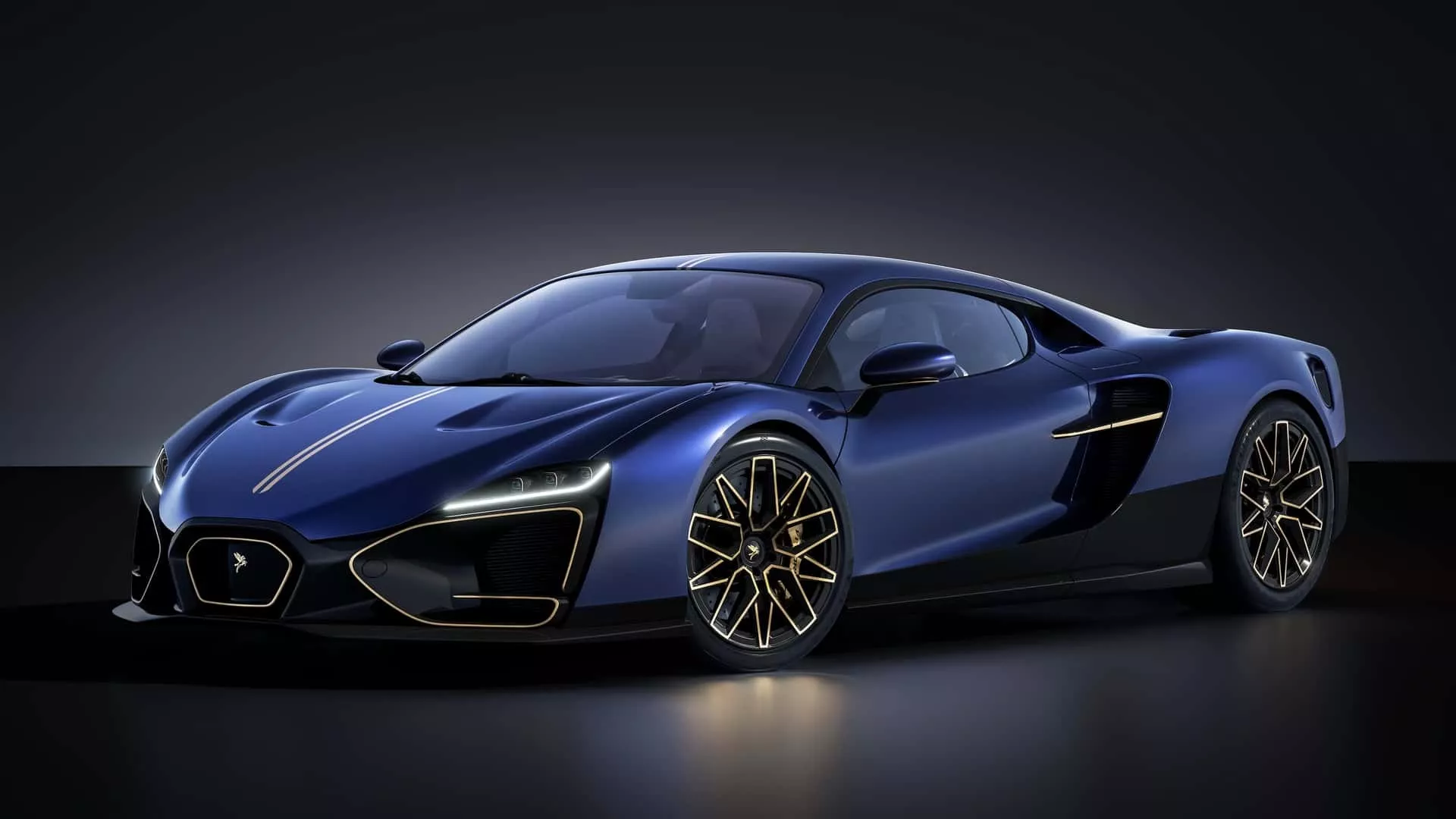
The Turbio: Vanguard in Power and Performance
The Turbio is equipped with an impressive 6.8-liter naturally aspirated V12 engine, developed by Italtecnica, complemented by a hybrid system that together deliver a combined output of 1,100 horsepower. This mechanical setup allows the model to reach 0 to 100 km/h in just 2.5 seconds, placing it among the fastest hypercars available today.
The choice of a naturally aspirated V12 engine highlights a commitment to preserving the roar and emotion of traditional combustion, while hybrid integration offers additional torque and energy efficiency. The redline approaching 9,000 rpm reinforces the vehicle’s sporty nature, which is rare for cars with such large engines.
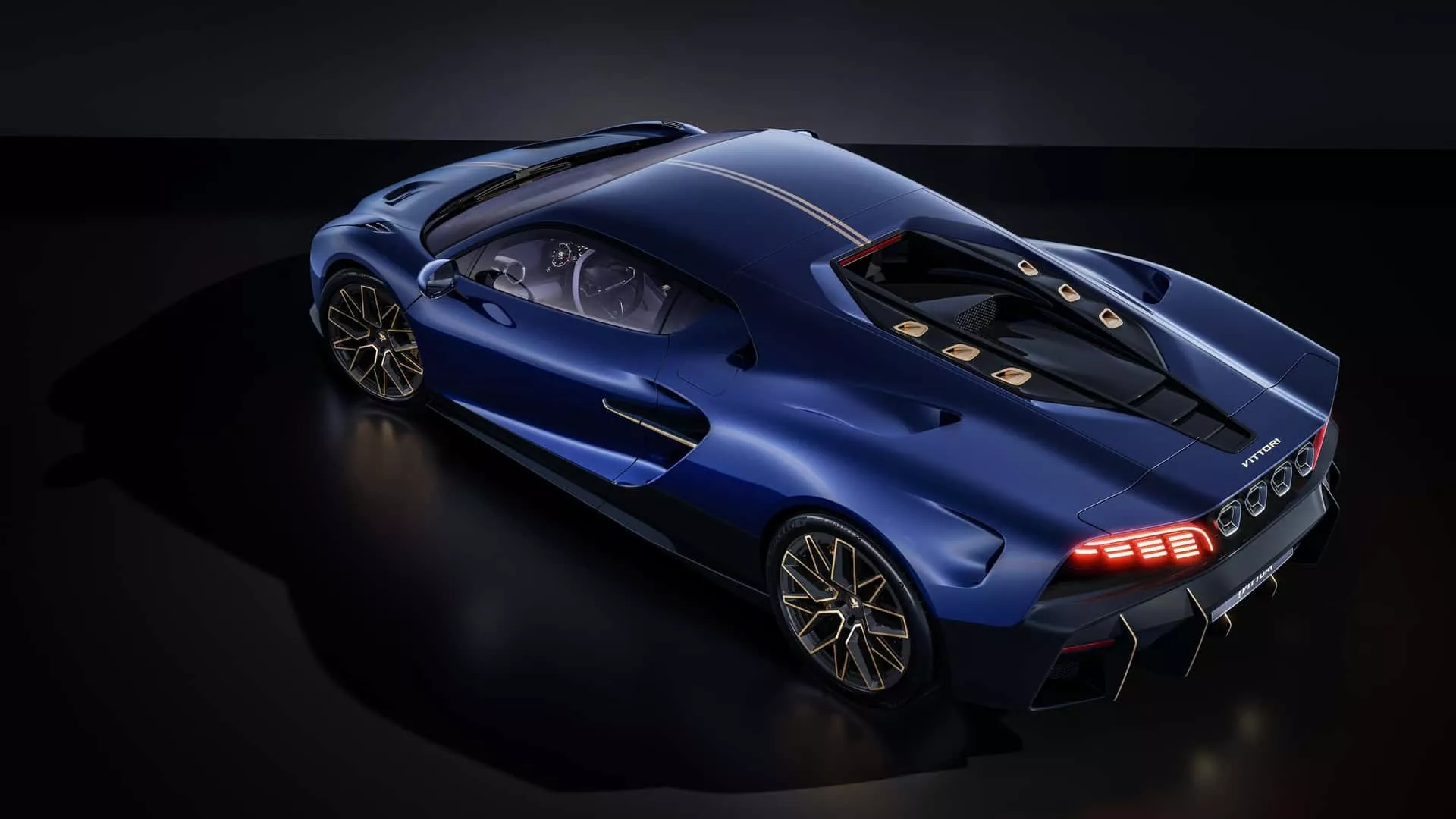
Furthermore, visual elements recall motorsports icons like Bugatti, Lamborghini, and McLaren, with emphasis on details such as the discreet front grille and the enormous air ducts, which balance aesthetics and functionality. Its dimensions curiously mirror those of the Lamborghini Revuelto, suggesting a contemporary platform adapted with exclusivity.
Artificial Intelligence Assisted Design: Mythology or Reality?
What first caused a mixture of admiration and surprise was the confirmation, by Pininfarina, that artificial intelligence participated in the initial design phases of the Turbio. According to a spokesperson for the Italian house, AI allowed for the rapid iteration of hundreds of possible directions based on Vittori’s original visual concept, providing a foundation for traditional designers to apply their artisanal expertise to transform these traits into a functional and elegant car.
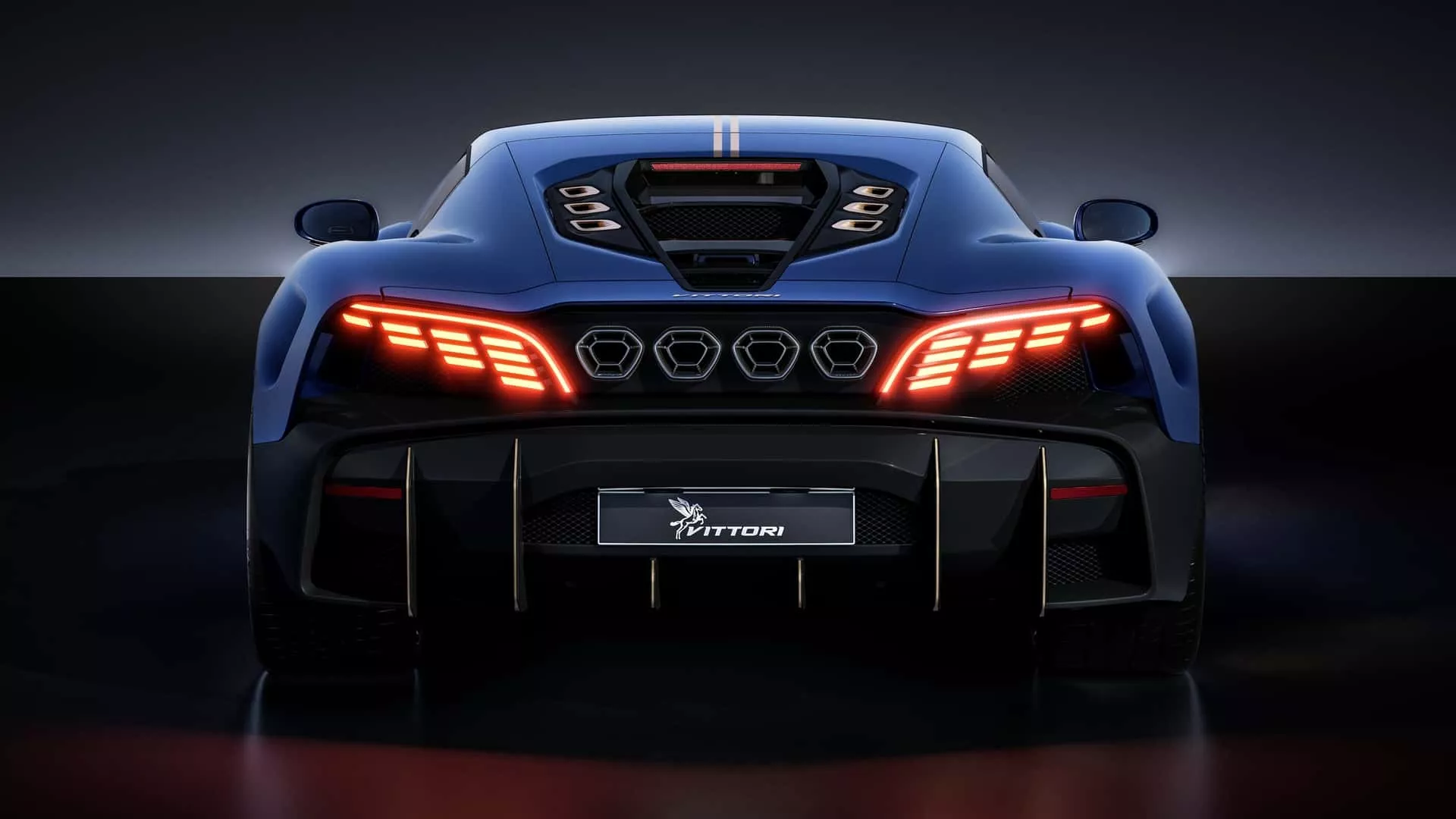
For many enthusiasts and experts, the idea that the most reputed automotive design house embraced “AI taking the pencil” sounds almost like a quiet revolution in the sector, mixing the classic with the futuristic. Although the collaboration was essentially a hybrid exercise between technology and human engineering, the result demonstrates how innovation can complement tradition to create something truly pioneering.
Interiors and Onboard Experience: Technology and Luxury in Harmony
Like the exterior, the interior of the Turbio follows a disruptive line, with integrated controls on the steering wheel mixing physical buttons and a digital dial, complemented by a semi-digital dashboard and a vertically oriented infotainment screen offering intuitive controls. The ambiance features a sophisticated combination of white, black, and blue leather, highlighting the hypercar’s exclusive character.
This union of cutting-edge technology with refined design reflects Pininfarina and Vittori’s commitment to delivering an experience that transcends pure performance. Similarly, when analyzing premium models like the BMW i7 2025, it is clear that the future of the industry involves a harmonization of this kind between power, luxury, and intelligence, and the Turbio is an emblematic example of this trend.
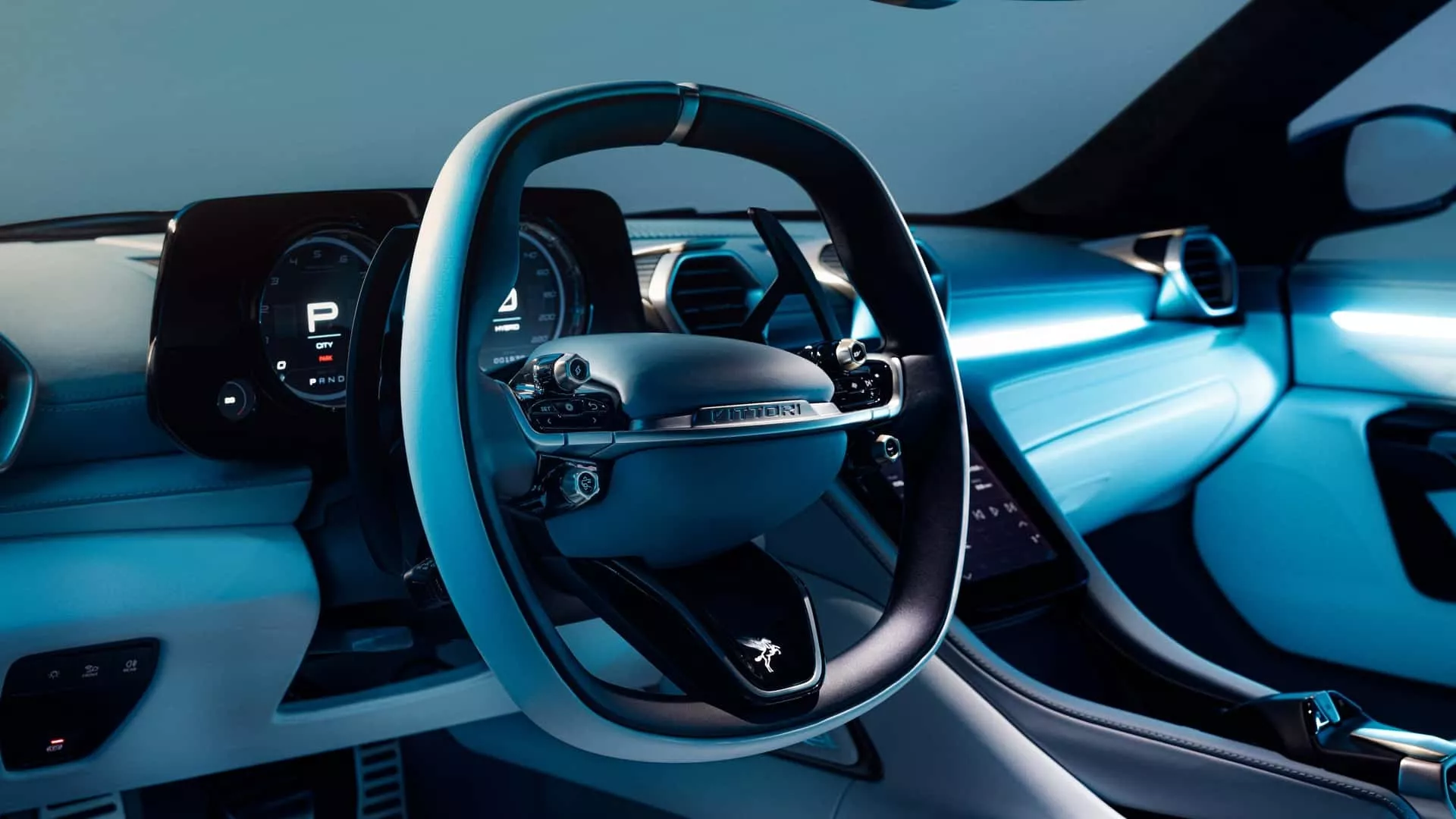
If you are a fan of automotive technology, you might also be interested in how Honda is using artificial intelligence and robotics to optimize its electric car factories, showing how AI is penetrating every stage of the sector.
Exclusivity and the Future of Limited Production
The Turbio will be produced in an extremely limited run, with only 50 units promised for the market. This limitation reinforces the appeal of exclusivity highly valued in this segment, combining high technology, performance, and design.
Although the official prices are still kept confidential, it is already possible to anticipate that this gem of engineering and design will have a price reserved for a very special niche of collectors and automobile enthusiasts.
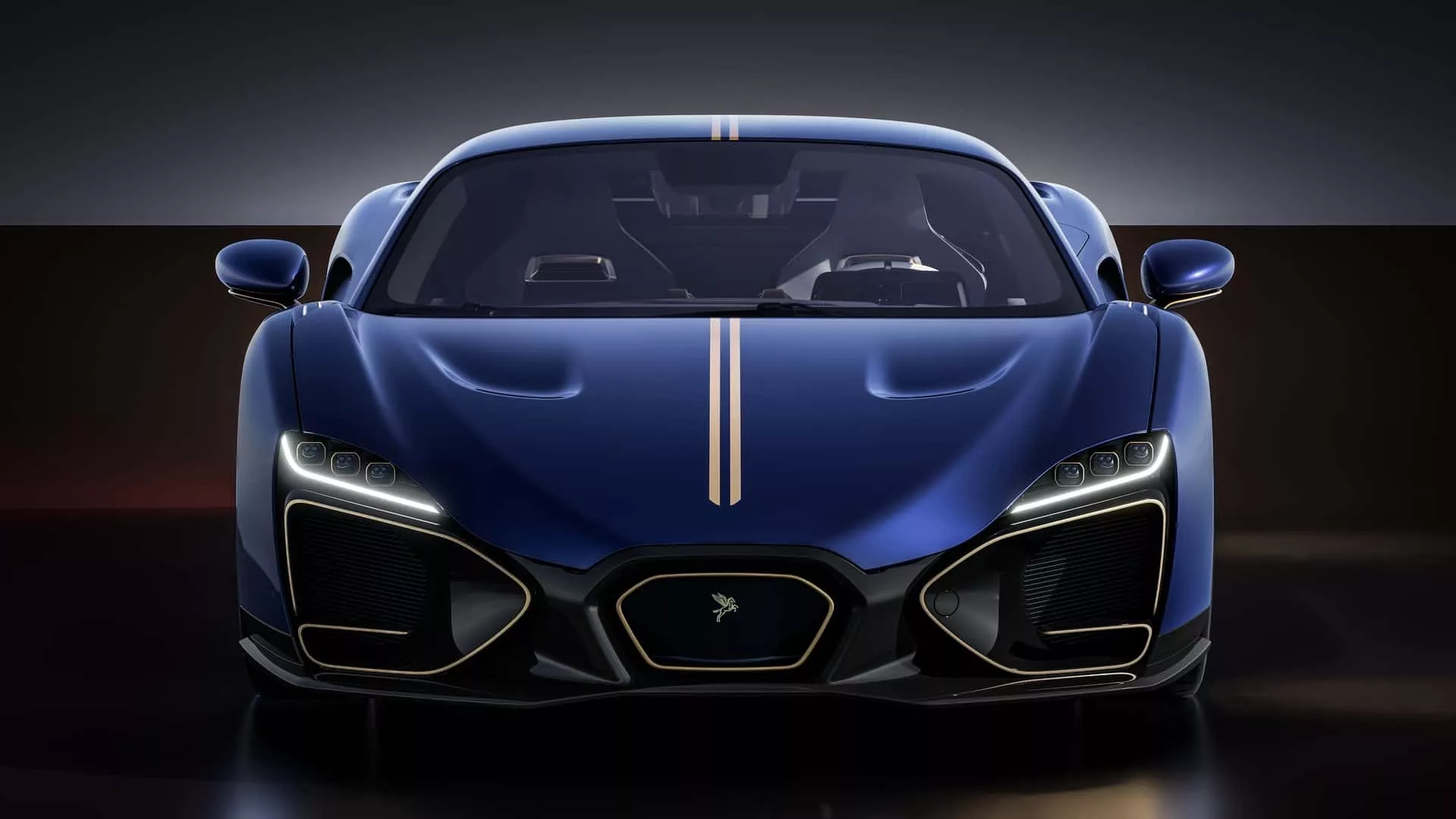
This controlled production recalls other limited launches, such as the hypercar McLaren W1, where each unit represents a work of technological and artisanal art, requiring extreme care in its conception and final assembly.
Beyond its automotive appeal, the Turbio project brings an important reflection on the evolution of design assisted by digital technology. The acceptance of artificial intelligence as a creative tool by a brand like Pininfarina reveals that the future of industrial design may very well be a constant dialogue between algorithms and human talent.
If you wish to deepen your knowledge about hybrid engines and the blend of power and efficiency, be sure to check out our detailed analysis of the innovative powertrain that transforms an EV into a hybrid.




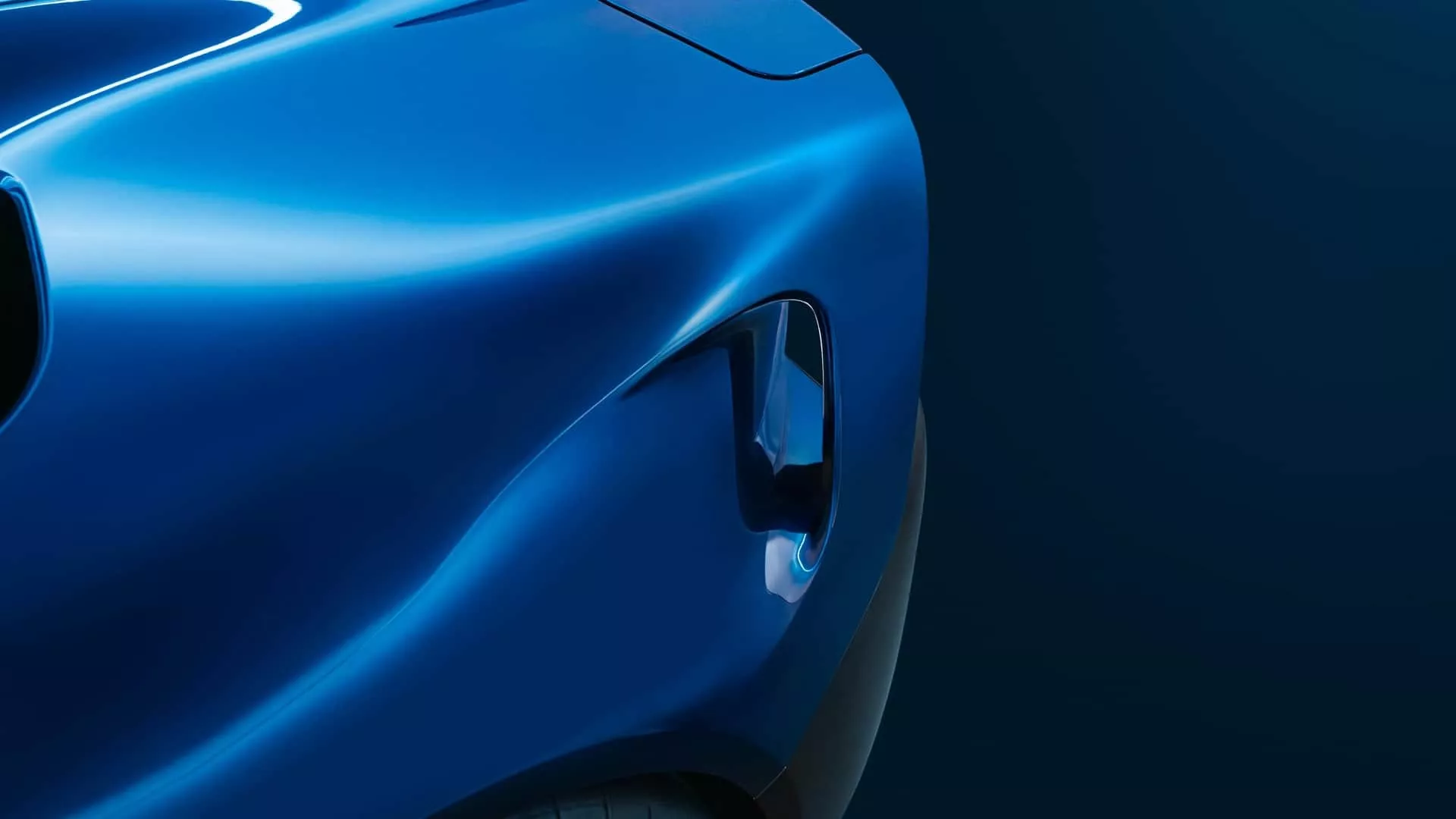
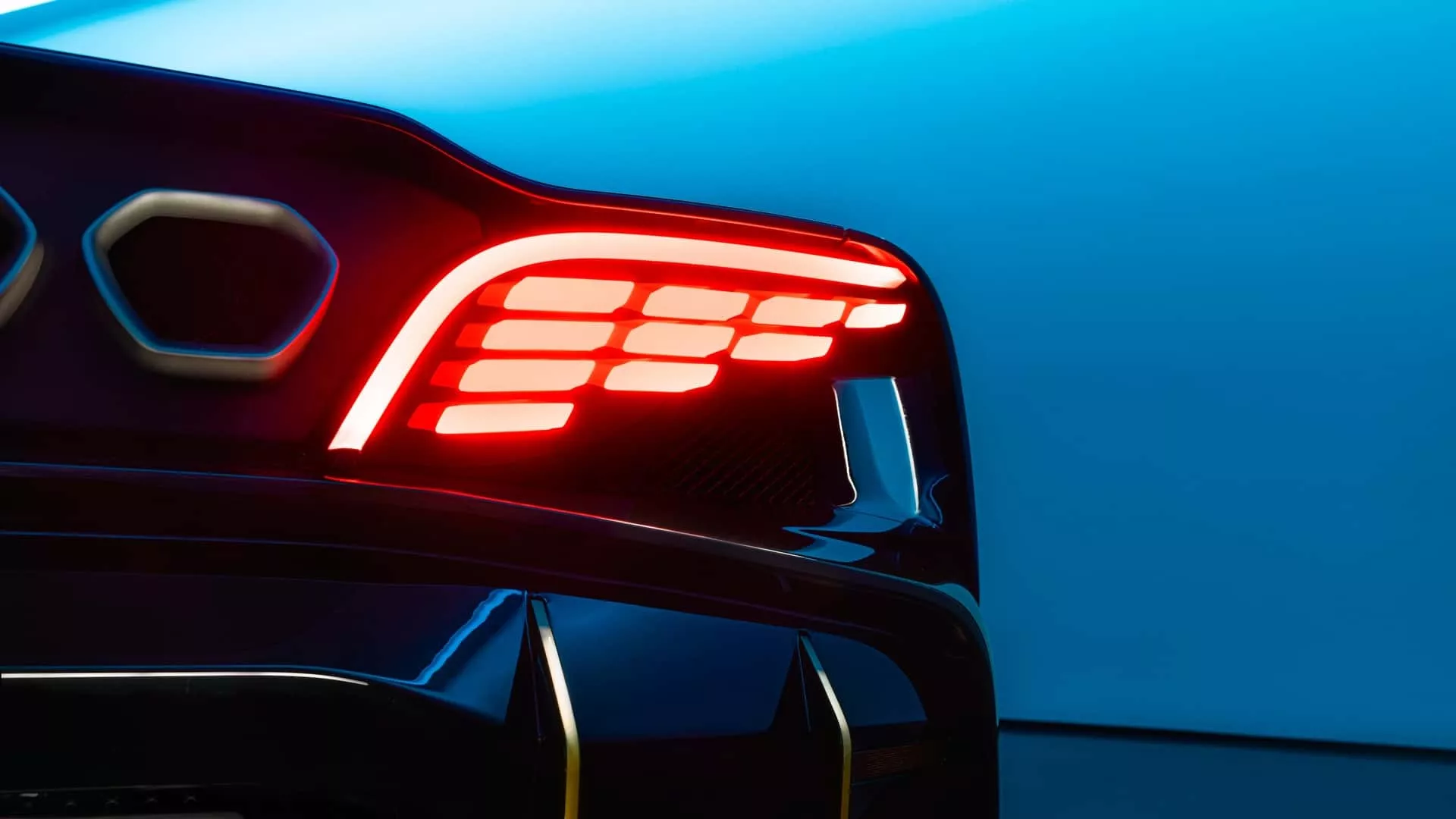
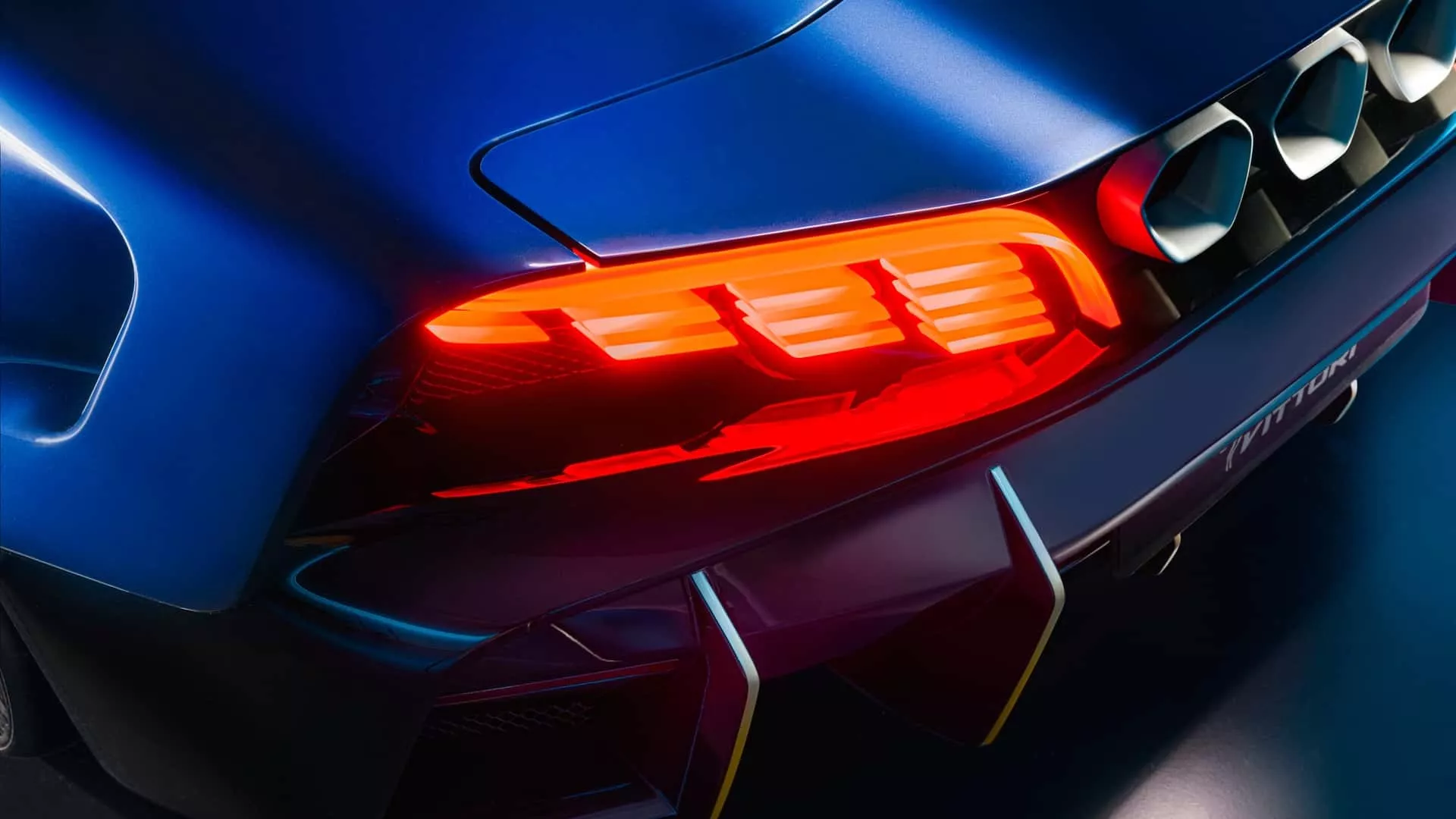
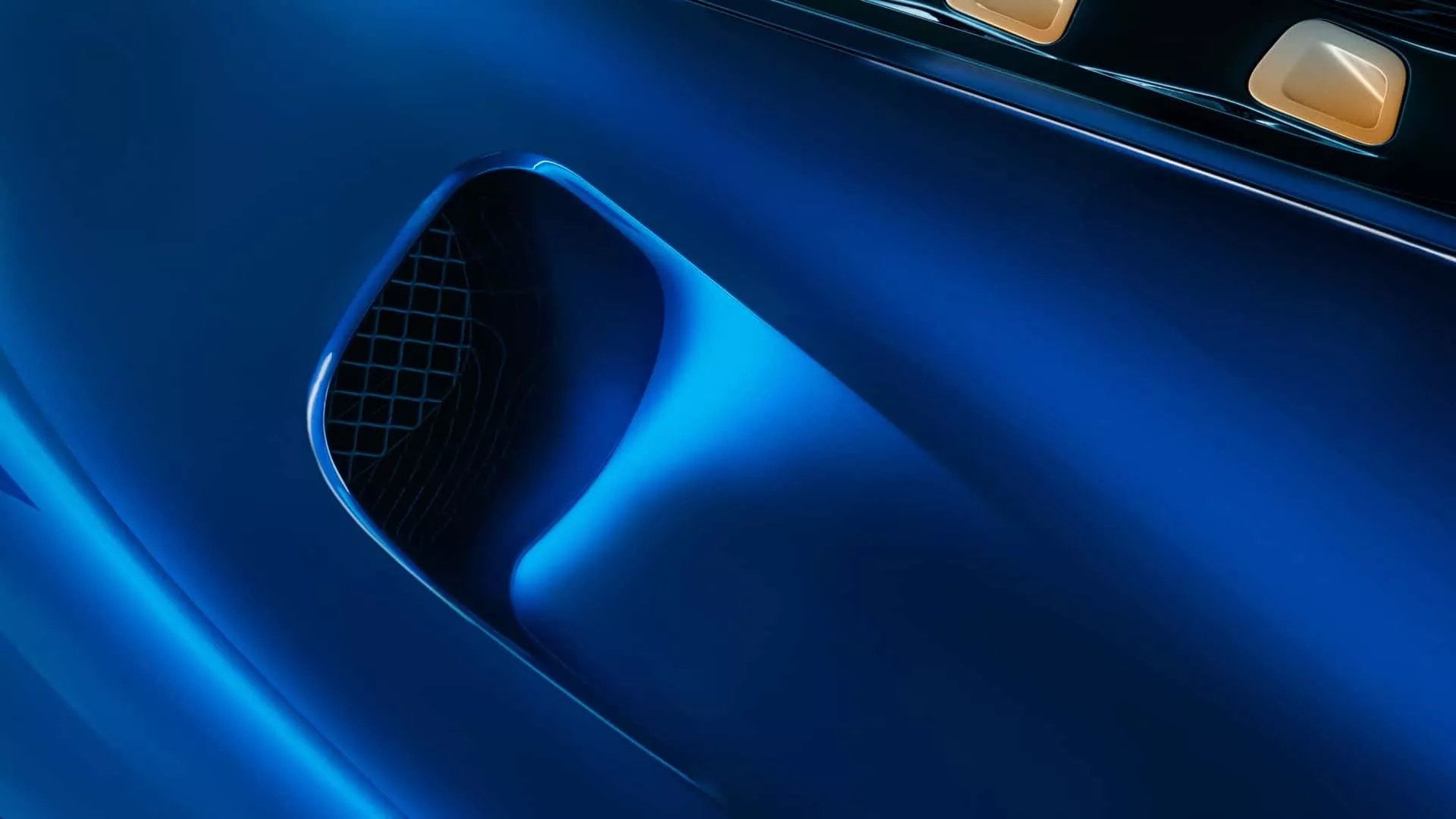
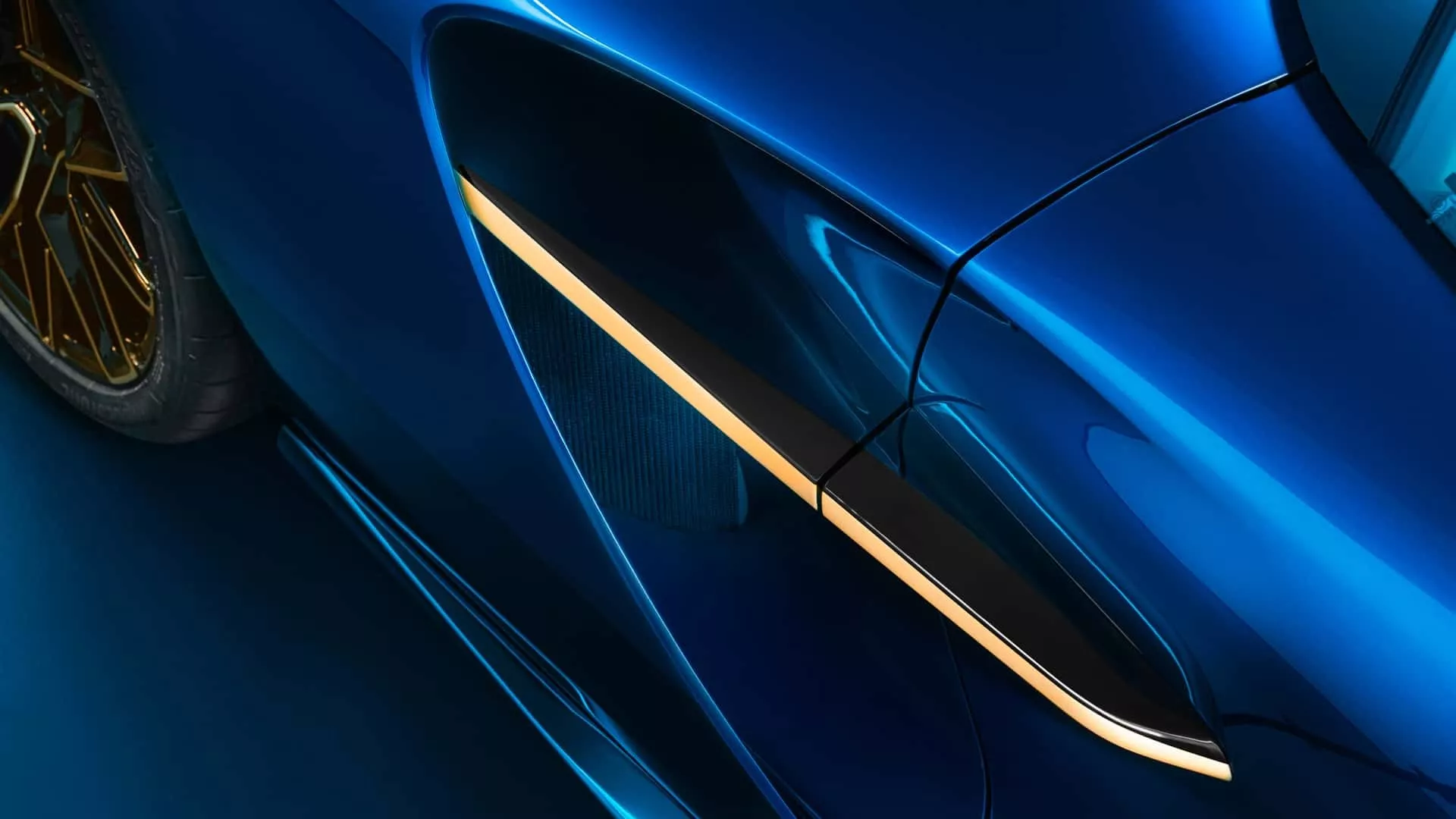
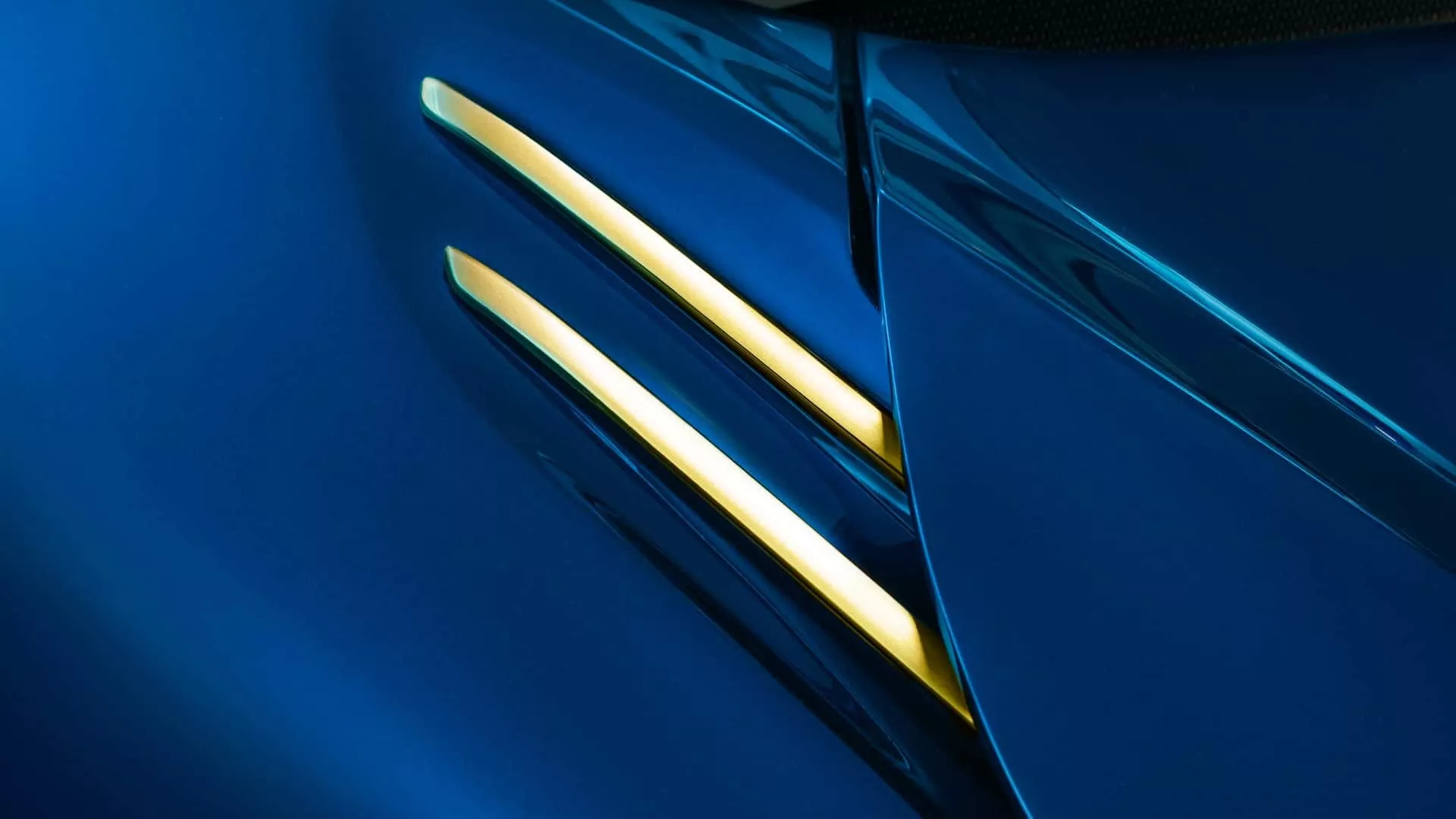
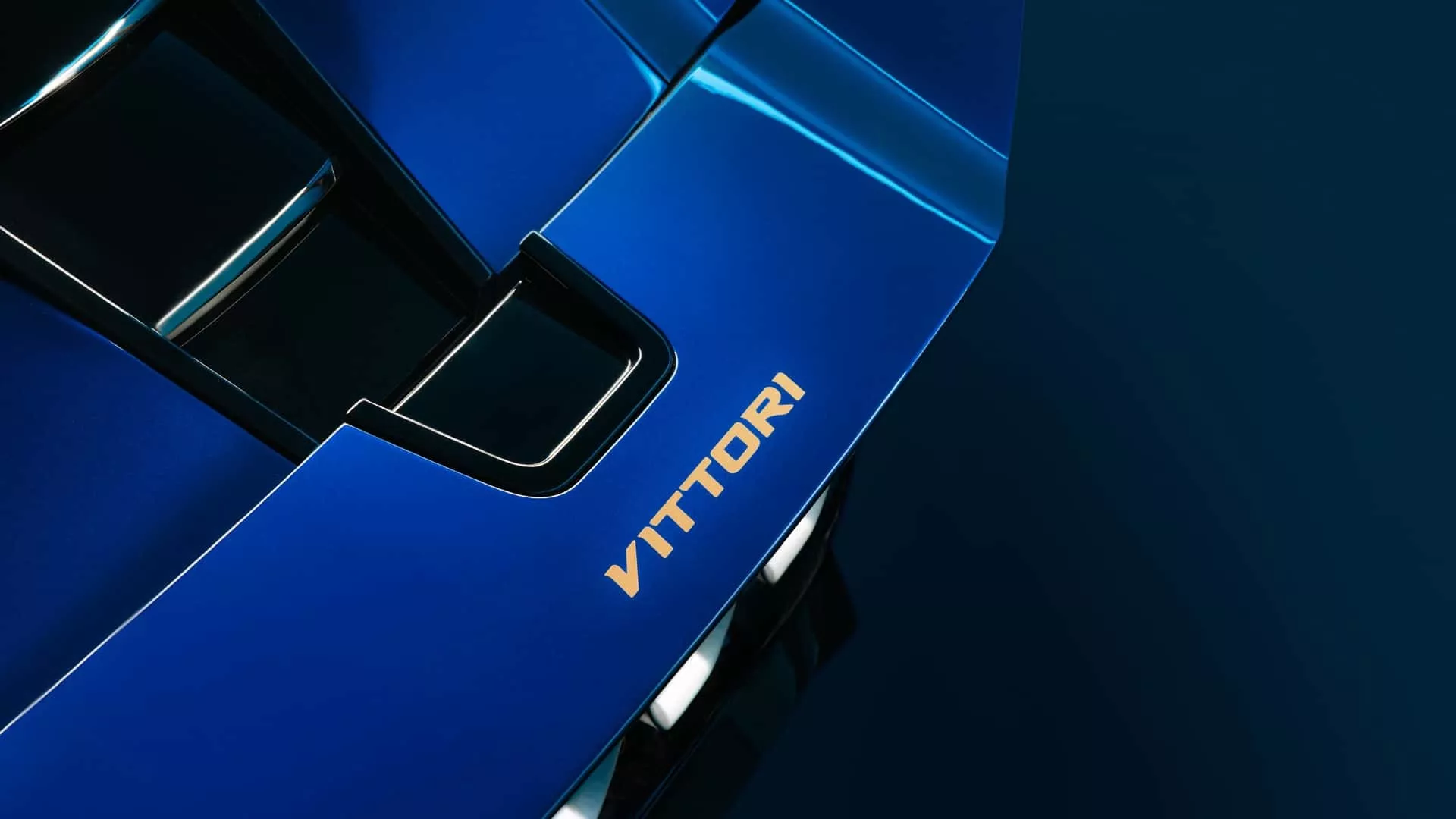

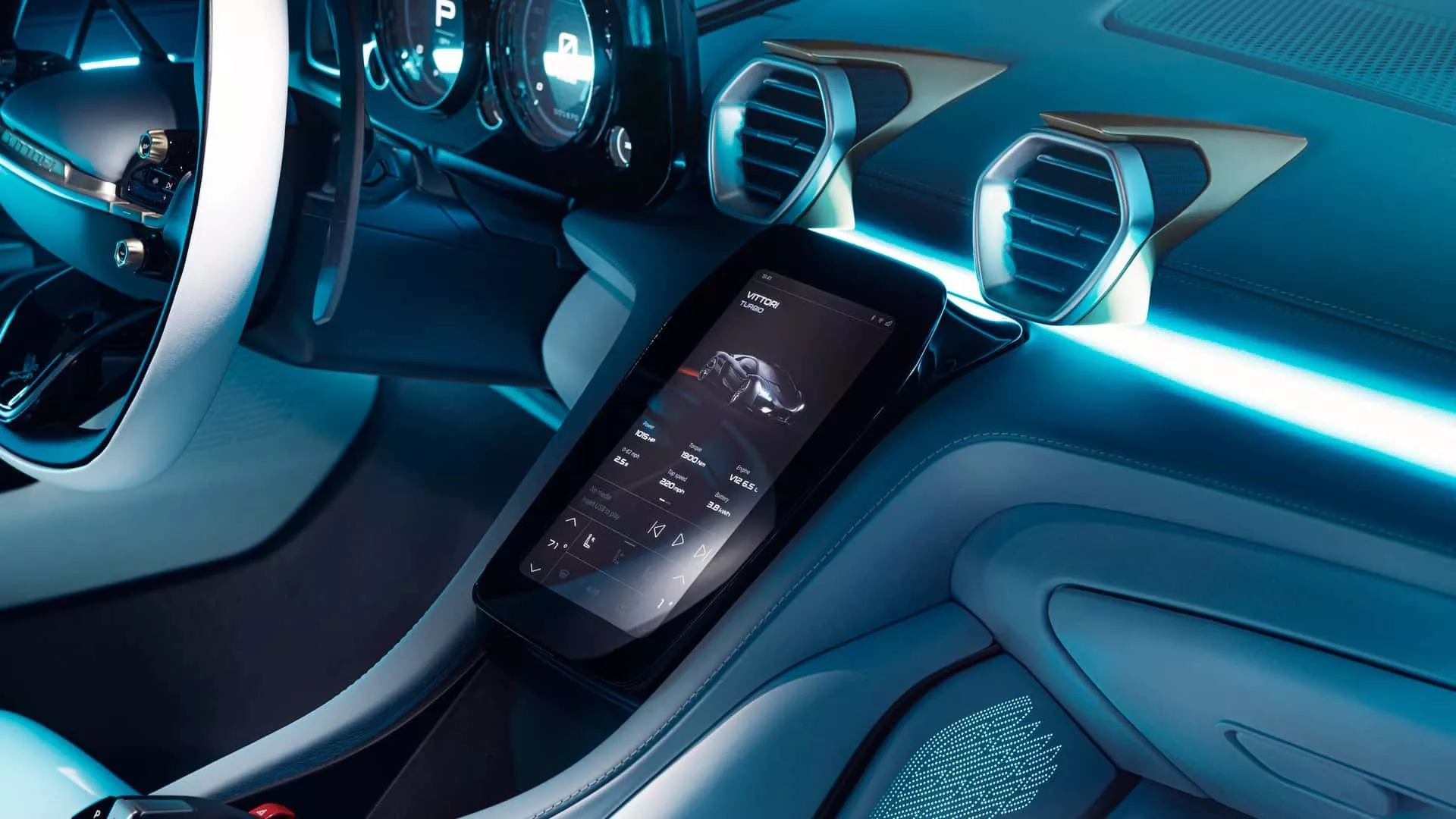
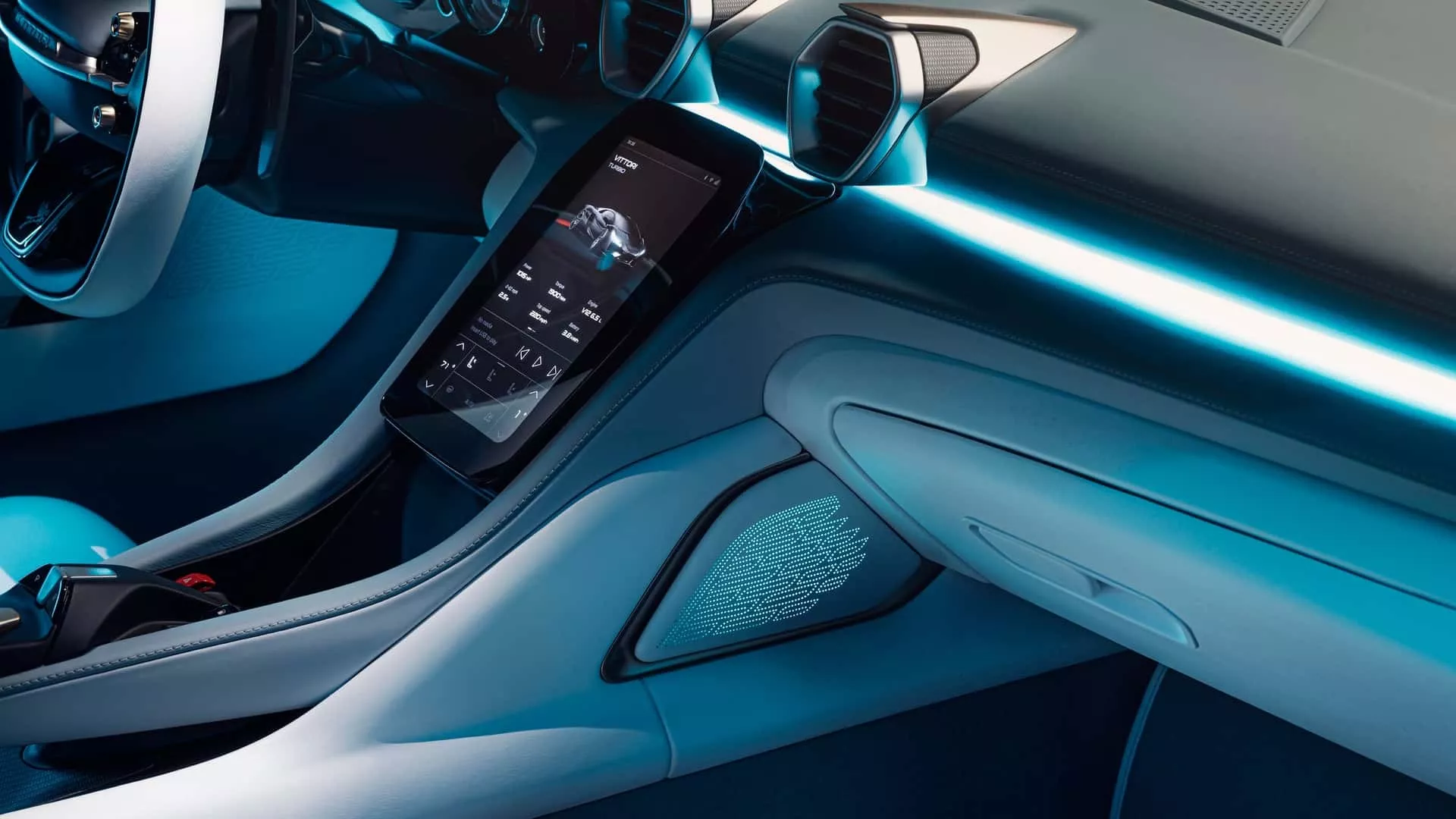
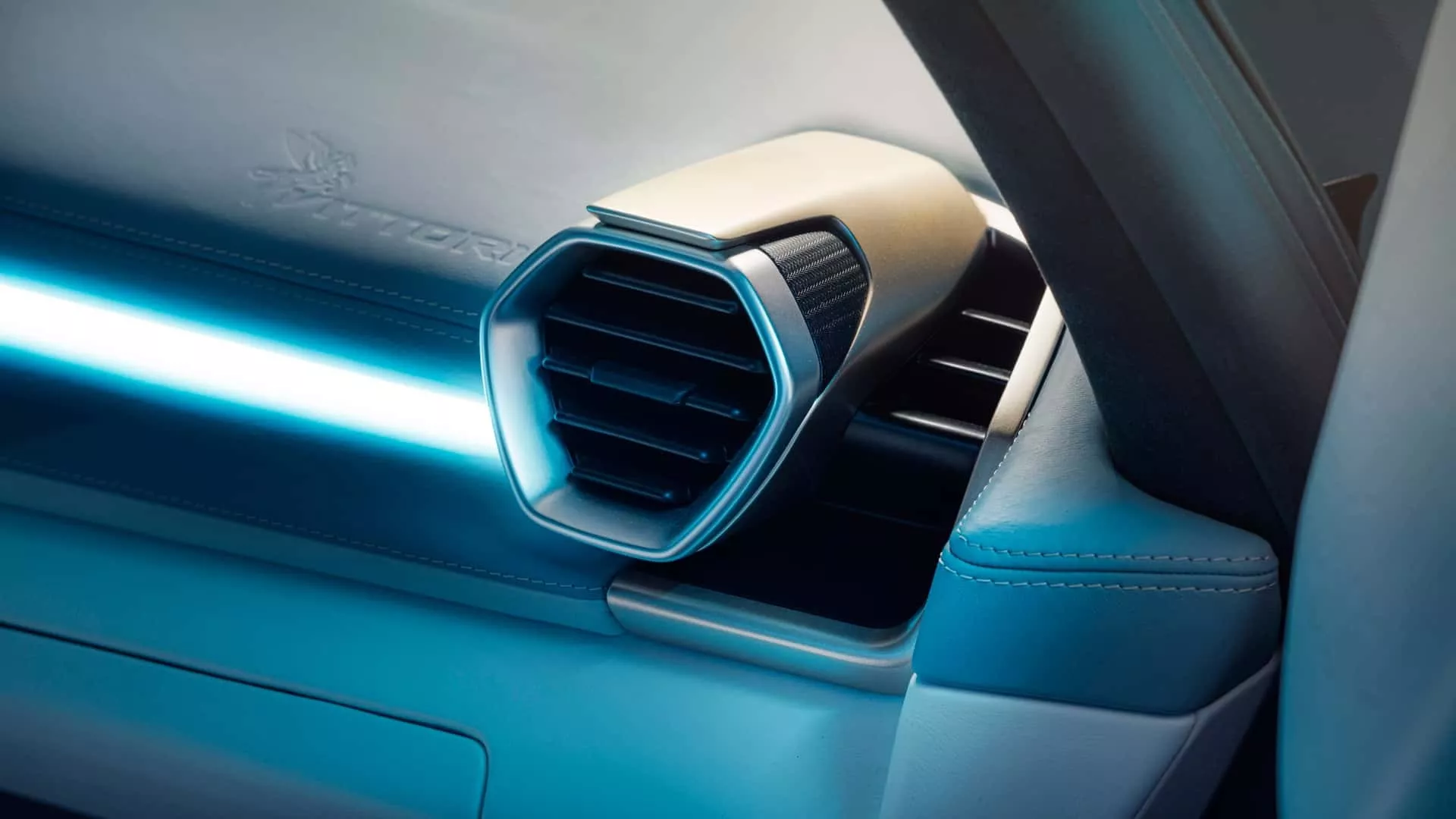
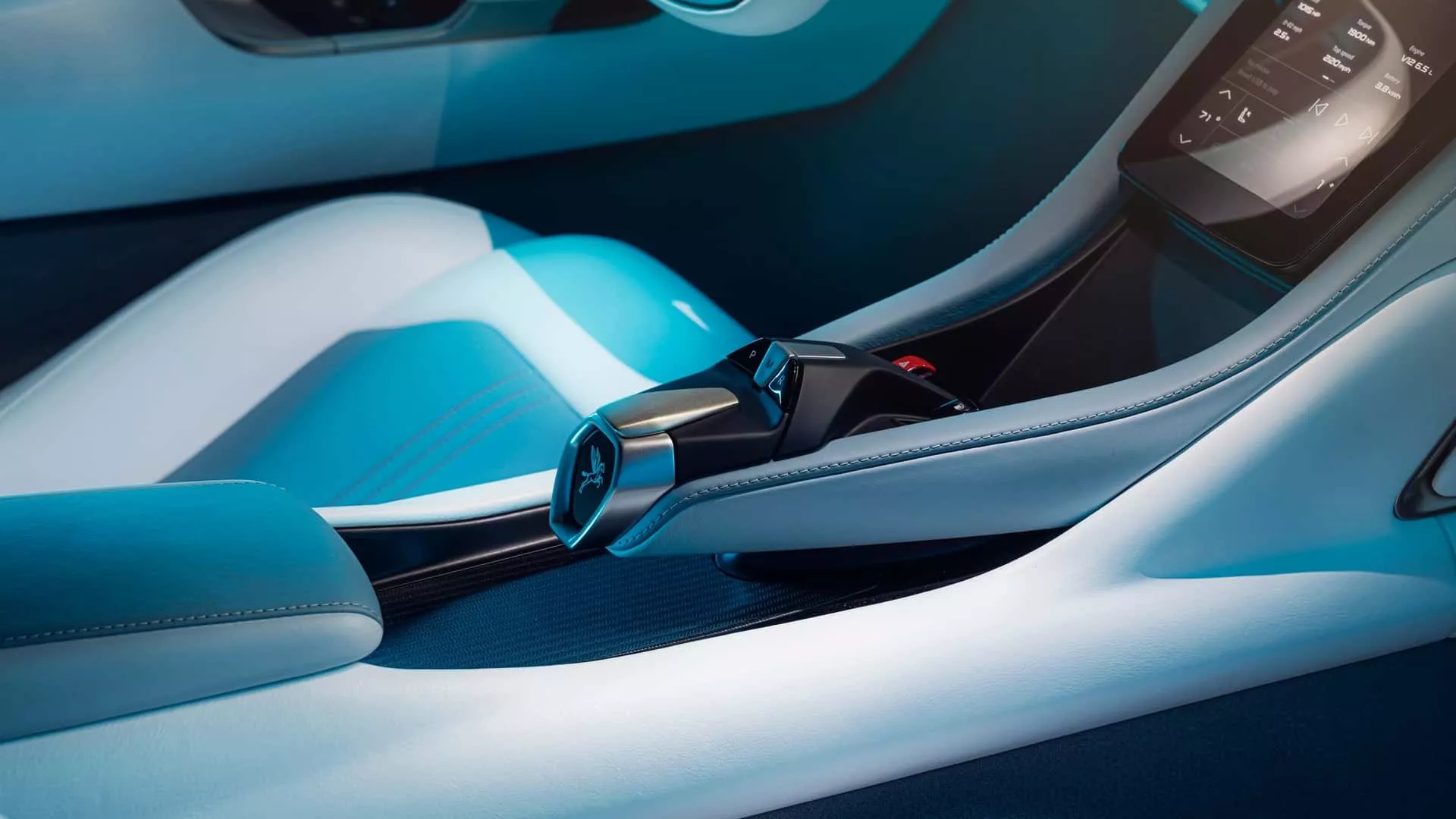
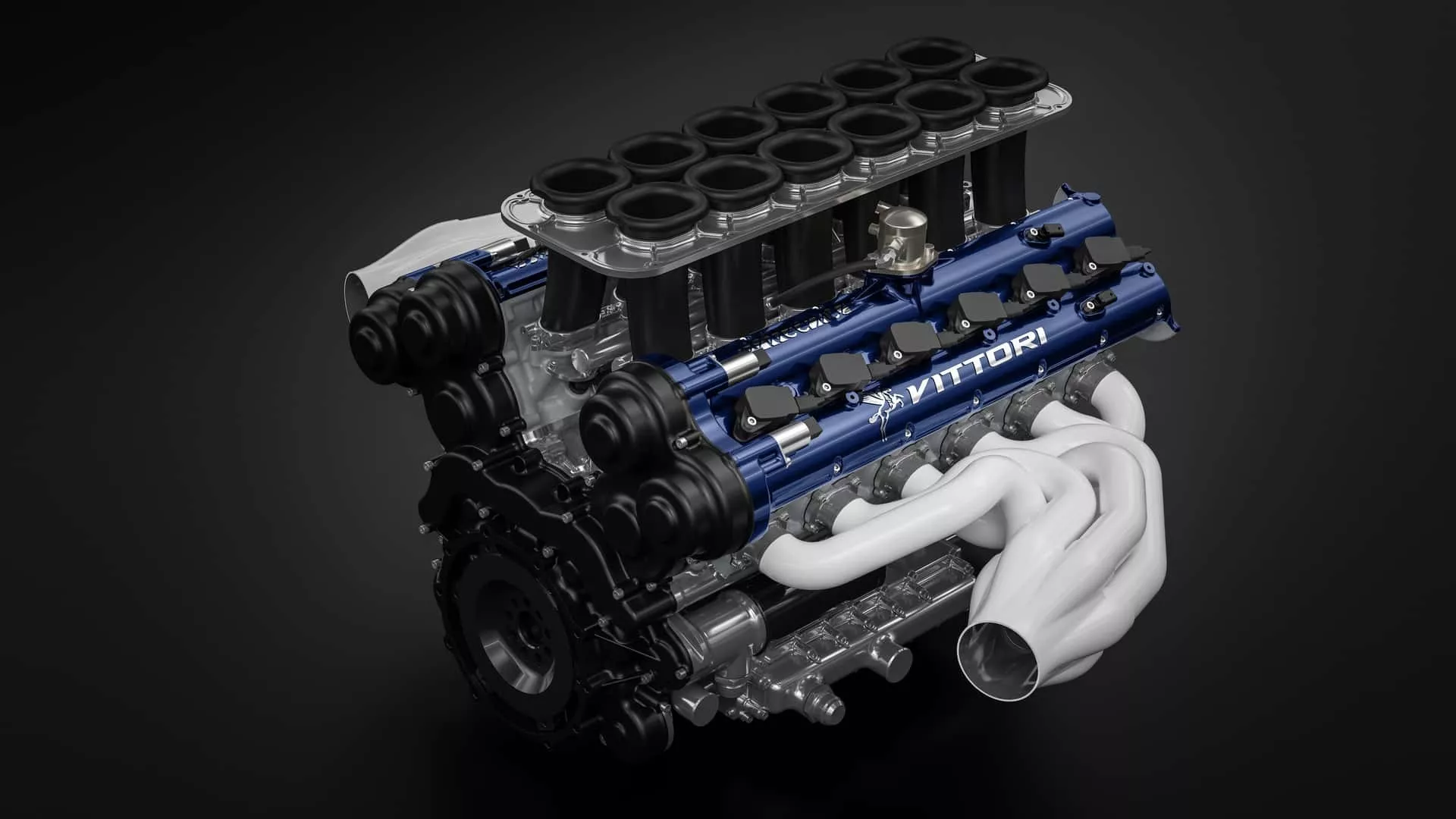
Author: Fabio Isidoro
Founder and editor-in-chief of Canal Carro, he dedicates himself to exploring the automotive universe with depth and passion. A car and technology enthusiast, he produces technical content and in-depth analyses of national and international vehicles, combining quality information with a critical eye for the public.

